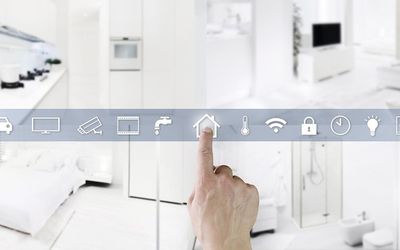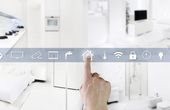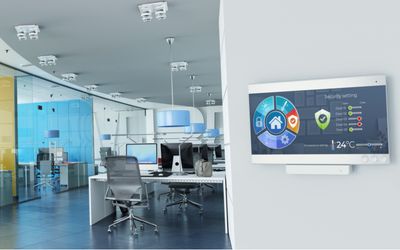STMicroelectronics STM32U5 Nucleo-144 Board
A development board offering a range of performance and power consumption features, provided by the STM32U5 microcontroller to try out new concepts and build prototypes.
Technical Specifications
| Product | Development Board |
| Core | ARM Cortex-M |
| Interface Type | USB |
| Data Bus Width | 32 |
| Crystal Oscillator | 32.768 |
| Power Supply | ST-LINK USB VBUS, USB connector, or external |
| Applications | Robotics, Home automation, Industrial automation, Internet of Things (IoT) devices, Education |
Overview
The STM32U5 Nucleo-144 board is a cost-effective development kit allowing users to evaluate and start development with a STM32U5 series microcontroller. Users can try out new concepts by choosing from the various performance and power consumption feature combinations. Due to the STM32 microcontroller, this development kit can be combined and matched to meet particular project requirements. With support for external SMPS, ARDUINO Uno V3 connectivity, the ST Zio connector, and ST morpho headers, the Nucleo open development platform can be expanded with specialized shields. The internal or external SMPS reduces power consumption in Run mode for the compatible boards. STM32 software libraries and examples are available with the STM32Cube MCU Package for users to get started with their prototypes.
STM32U5 Nucleo-144 Board Features
STM32U5 Nucleo-144 board comes with a STM32U5 series microcontroller in an LQFP144 package. The microcontroller has an Arm Cortex-M33 processor working at 160 MHz. 32.768 kHz crystal oscillator is used to generate the required frequency. The onboard STLINK-V3E debugger and programmer come with a USB re-enumeration capability. This includes a debug, mass storage, and Virtual COM ports.
The development board contains three user LEDs, Reset, and push buttons. Internal SMPS are utilized to generate Vcore logic supply which is identified by '-Q' suffixed boards. A range of connectors allows simple connection to the board, including an ST Zio connector, USB Type-C connector, and ST morpho extension pin headers for full access to all STM32 I/Os. There are flexible power-supply options, i.e., SB connectors, ST-LINK USB VBUS, or external sources to keep the board running.
STM32U5 Nucleo-144 board is configured with VDD MCU at 3.3 V by default. Users can configure the board at 1.8 V, ensuring the connectivity of the external shield and extension module to the Nucleo-144 board. The board supports different Integrated Development Environments (IDEs), including MDK-ARM, IAR Embedded Workbench, and STM32CubeIDE.
There are different software libraries and examples included with the STM32CubeU5 MCU Package. STM32 microcontroller provides different combinations of performance and power consumption features. It becomes more manageable for users to start building prototypes and work on their concepts using the predeveloped scenarios.
Getting Started with STM32U5 Nucleo-144 board
To configure the STM32U5 Nucleo-144 board and launch the software example, users can follow these steps:
1. Check the jumper position on the board. Users can see the default board configuration too.
2. Connect the STM32U5 Nucleo-144 board to a PC with a USB cable through the USB connector (CN1) to power the board.
3. The green (LD5) and COM (LD4) LEDs will light up. Green LED (LD1) will start blinking at the same time.
4. Press the blue user button (B1).
5. Observe how the blinking of the LEDs (LD1, LD2, and LD3) changes according to the clicks on the button (B1).
6. Download the software examples that help to use the STM32 Nucleo features.
7. Users can develop their applications using the available examples.
Applications
STM32U5 Nucleo-144 board is perfect for applications including industrial automation, robotics, home automation, Internet of Things (IoT) devices, and education.
Where to find it

Mouser Electronics
Mouser Electronics is a worldwide leading authorized distributor of semiconductors and electronic components.
References
Recommended Specs
Continue Reading
From Window Break Alerts to Person Detection Systems: Deploying Reliable, Low Power, Edge AI for Home Security Applications
Deep learning increases reliability and reduces false alarms









